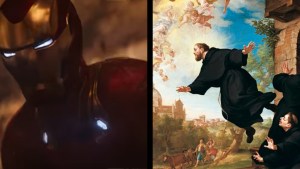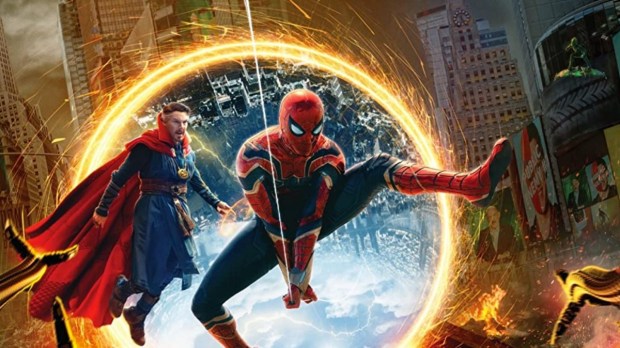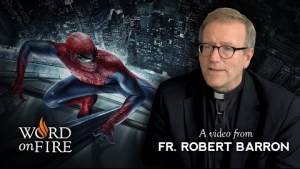The heart of Spider-Man: No Way Home revolves around the redemption of famous villains of the Marvel universe. (The movie has been out long enough that we consider it safe to discuss spoilers.) The main plot starts when the young Spider-Man—played by Tom Holland—refuses to send a group of super-villains back to their place in the multiverse, specifically to the fate that awaits them: death. While it’s common for villains in these stories to end up defeated, the young Spider-Man, against the advice of the great sage Dr. Strange, overturns the idea that they are irredeemable and destined to do evil.
Among the novelties of this film is the presence of three versions of Spider-Man on the screen. Indeed, the two actors who previously portrayed the web-slinging superhero on the big screen—Tobey Maguire and Andrew Garfield—cross paths with Tom Holland’s character, coming from different parts of the multiverse and revealing different versions of Spider-Man. This surprise incursion, beyond the pleasure it affords to the fans, makes it possible to enrich and conclude the narrative arcs of the two previous versions of Spider-Man, abruptly stopped after three and two films respectively.
Spider-Man’s Christ-like act
Here, the three Spider-Men show true nobility: they have all suffered both physical harm and the death of loved ones while in the service of justice. Despite a difficult inner struggle, they have not turned away from doing good.
Twenty years after the first Spider-Man, the super-villain known as the Green Goblin is offered a totally unexpected chance at redemption. In the first movie, released in 2002, Norman Osborn, who metamorphoses into an evil entity, dies impaled by his own hoverboard that he threw to kill Spider-Man (played then by Tobey Maguire). He killed himself without Spider-Man being responsible for his death. But this new film offers a more grandiose ending. While Tom Holland wants to make Norman Osborn pay for killing his aunt, Tobey Maguire interferes and it is he, this time, who is pierced by Osborn’s hoverboard. This unique moment, a true moment of mercy, allows Norman Osborn to be administered the remedy that frees him from the grip of his evil alter-ego.
By risking his life to spare the murderer’s, like God who does not want the sinner to die, Maguire’s salvific act allows Osborn not to die of his sin as in the earlier film, reinventing a grandiose sacrificial ending. By taking upon himself the wound that the villain was supposed to inflict on himself, Spider-Man acts as an alter Christus, “another Christ,” exemplifying the ultimate model of Christian behavior. Shortly before, someone points out to him that he’s dressed like a cool Christian youth minister.
In the Spider-Man films, the Christian religion has always been an integral part of the universe, as evidenced by the prominence given to the themes of forgiveness and faithfulness. But never before has mercy been so powerfully brought to light as it is in this striking rewrite, 20 years later.



